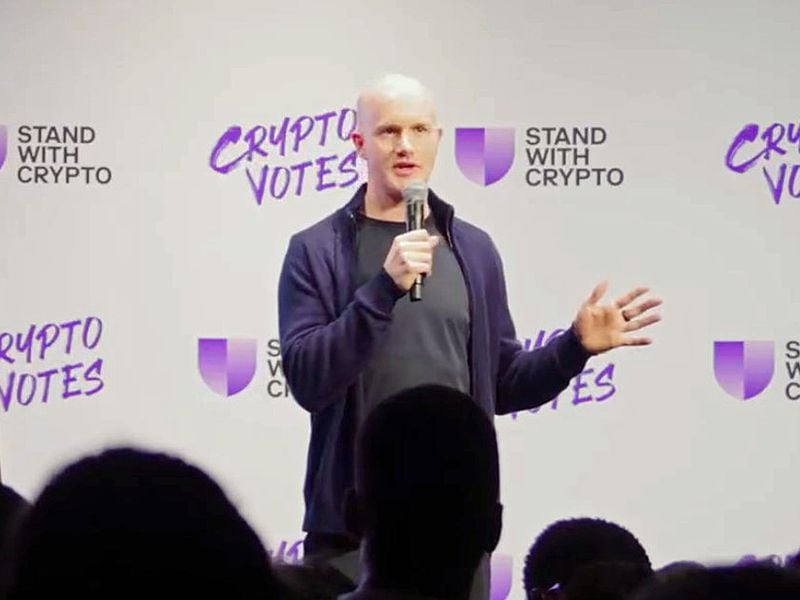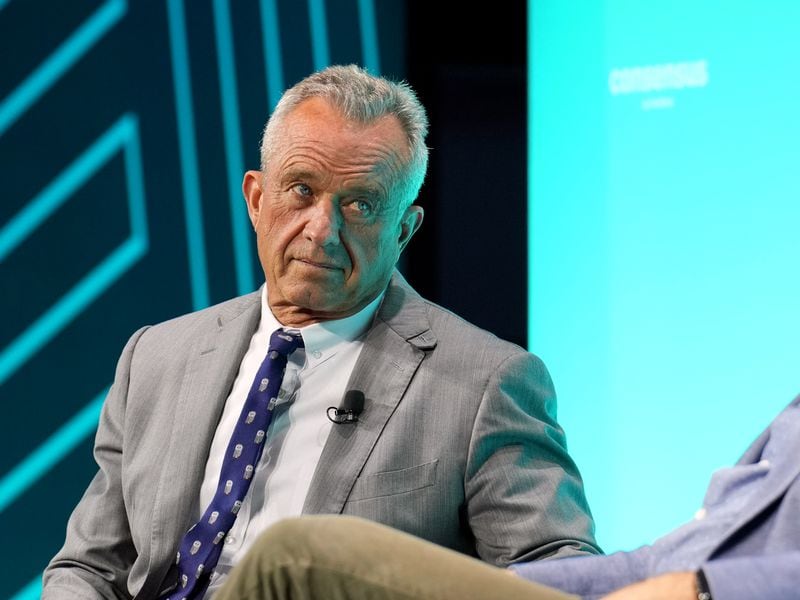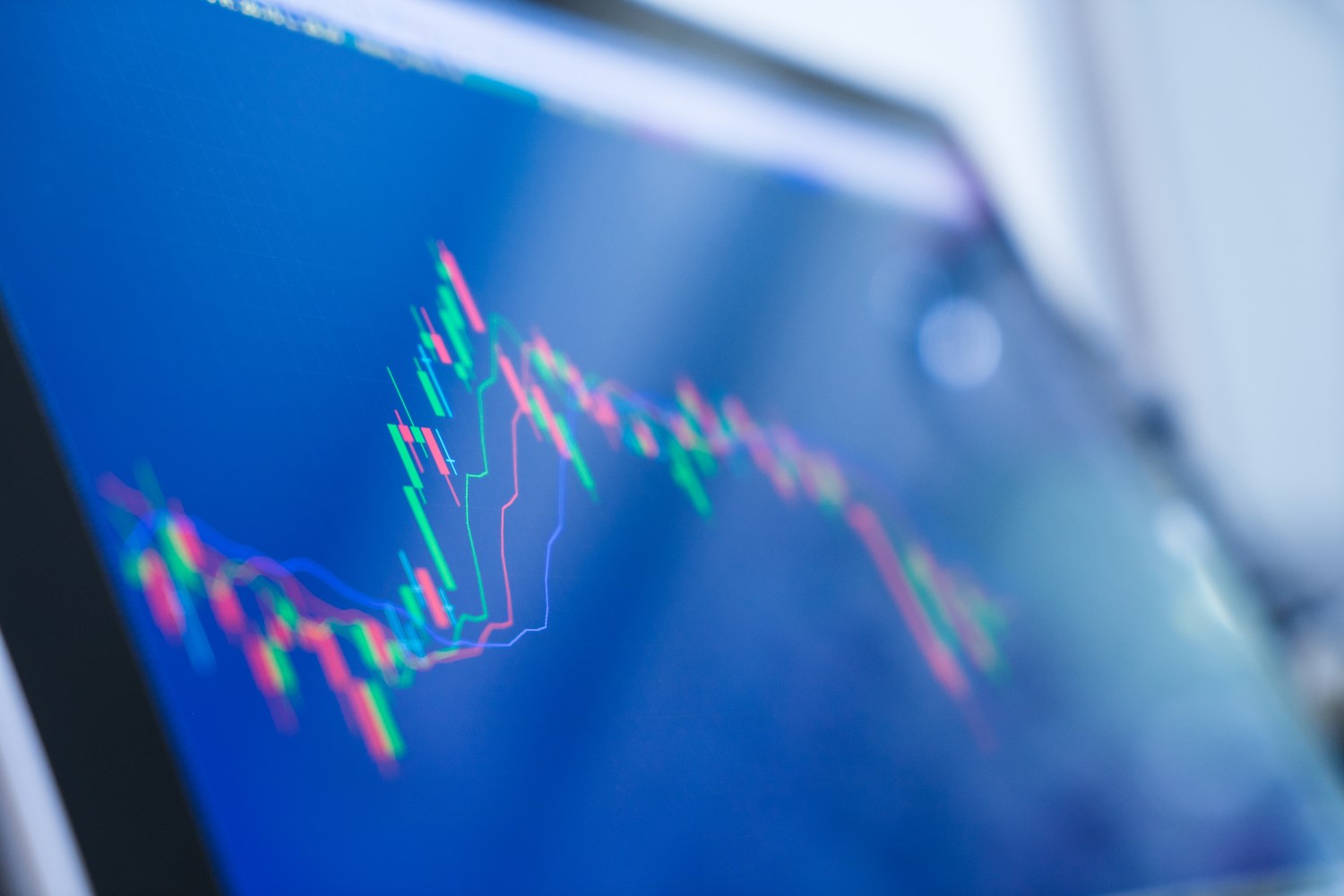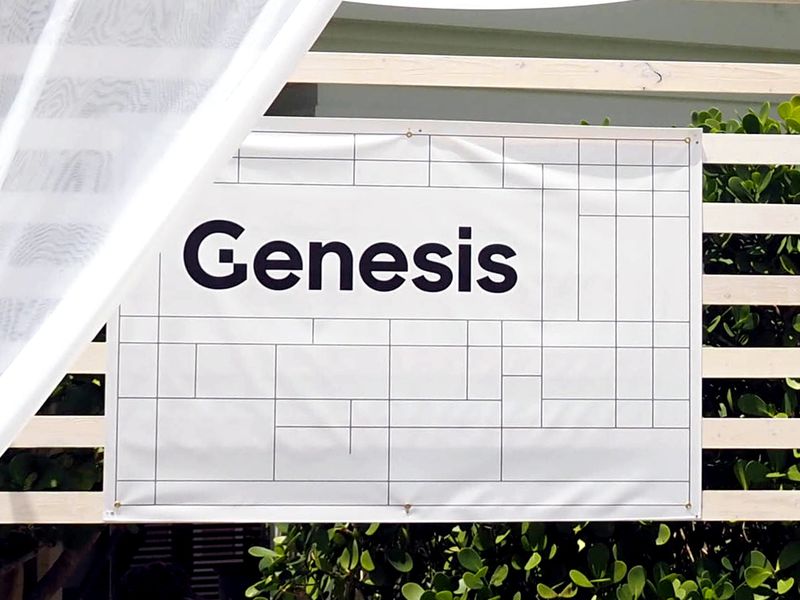Trump Administration Popped 2017 Bitcoin Bubble, Ex-CFTC Chair Says

SAN FRANCISCO — The Trump administration acted to deflate the bitcoin bubble of 2017 by allowing the introduction of futures products, a former official said Monday.
Christopher Giancarlo, who left the U.S. Commodity Futures Trading Commission (CFTC) at the end of his five-year term as chairman in April, told CoinDesk in an interview:
“One of the untold stories of the past few years is that the CFTC, the Treasury, the SEC and the [National Economic Council] director at the time, Gary Cohn, believed that the launch of bitcoin futures would have the impact of popping the bitcoin bubble. And it worked.”
In a speech at the Pantera Summit in San Francisco on Monday, Giancarlo elaborated further, saying bitcoin’s dramatic price run-up in December 2017 was the first major bubble following the 2008 financial crisis. That’s why the Trump administration acted in concert to address it in a pro-markets manner, he said.
Bitcoin futures listed by the Chicago Mercantile Exchange (CME) and the CBOE Futures Exchange (CFE) were announced by the CFTC on Dec. 1, 2017 and went live on Dec. 18. Bitcoin’s price peaked at nearly $20,000 one day earlier, on Dec. 17, before falling dramatically in subsequent weeks.
“We saw a bubble building and we thought the best way to address it was to allow the market to interact with it,” Giancarlo told the crowd gathered at the Ritz-Carlton on Nob Hill.
Of course, there are different views on what ultimately brought bitcoin prices back down to Earth, reaching lows in the $3,000 range in late 2018. However, Giancarlo cited research by the San Francisco Federal Reserve that also credits the introduction of bitcoin futures for reining in a market driven by optimists.
Without shorts, a market has no pessimists. “If you do believe it’s a ridiculous price but you don’t own, there’s no way to express that view,” Giancarlo told CoinDesk, adding:
“If you don’t have that derivative, then all you’ve got are believers [and] it’s a believers’ market.”
The lack of easy ways to short has been cited by other researchers as propping up prices in other crypto assets.
“The CFTC staff handled it strictly on procedural grounds, but at the leadership level I communicated with Treasury Secretary [Steven] Mnuchin and NEC Director Gary Cohn, and we believed that, should bitcoin futures go forward, it would allow institutional money to bring discipline to the value of the cash market,” Giancarlo told CoinDesk. “And that’s exactly what happened.”
Lessons from ’08
The bitcoin bubble of 2017 must be viewed in the context of the financial crisis of 2008, Giancarlo said.
In 2008, the former regulator was running GFI Group Inc., an over-the-counter trading desk on Wall Street that became one of the largest exchanges for credit-default swaps – the financial instrument that wreaked havoc on U.S. markets.
Giancarlo said:
“Coming out of the 2008 financial crisis, the legit criticism of regulators was along the lines of: Where were they during the expansion of the real estate mortgage bubble, and why didn’t they take steps to pop that bubble when they could have?”
That view informed regulators acting quickly on bitcoin’s ascent, he added.
To Giancarlo, the lesson was clear: Regulators mustn’t be complacent when faced with a bubble – but they must act in a way that keeps markets free. In the case of 2017, permitting bitcoin futures presented just such an opportunity.
Giancarlo concluded:
“I believe it shows the power of markets to bring discipline to prices.”
Christoper Giancarlo speaks in San Francisco, Oct. 21, 2019, photo courtesy of Pantera Blockchain Summit 2019









